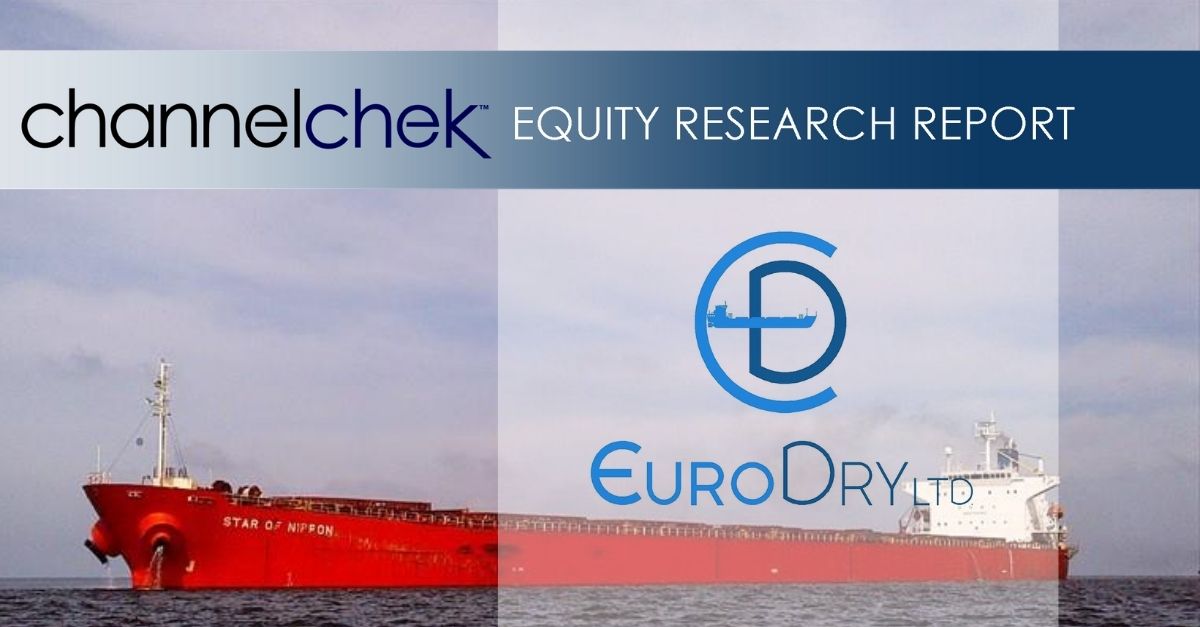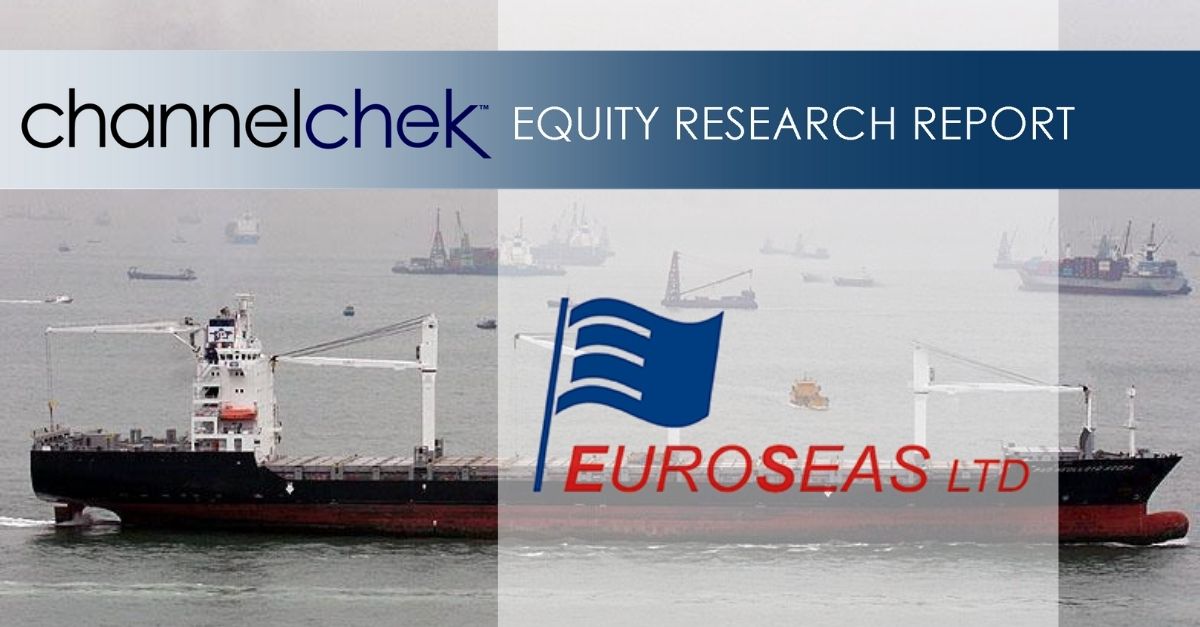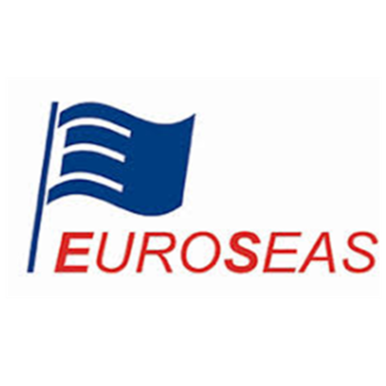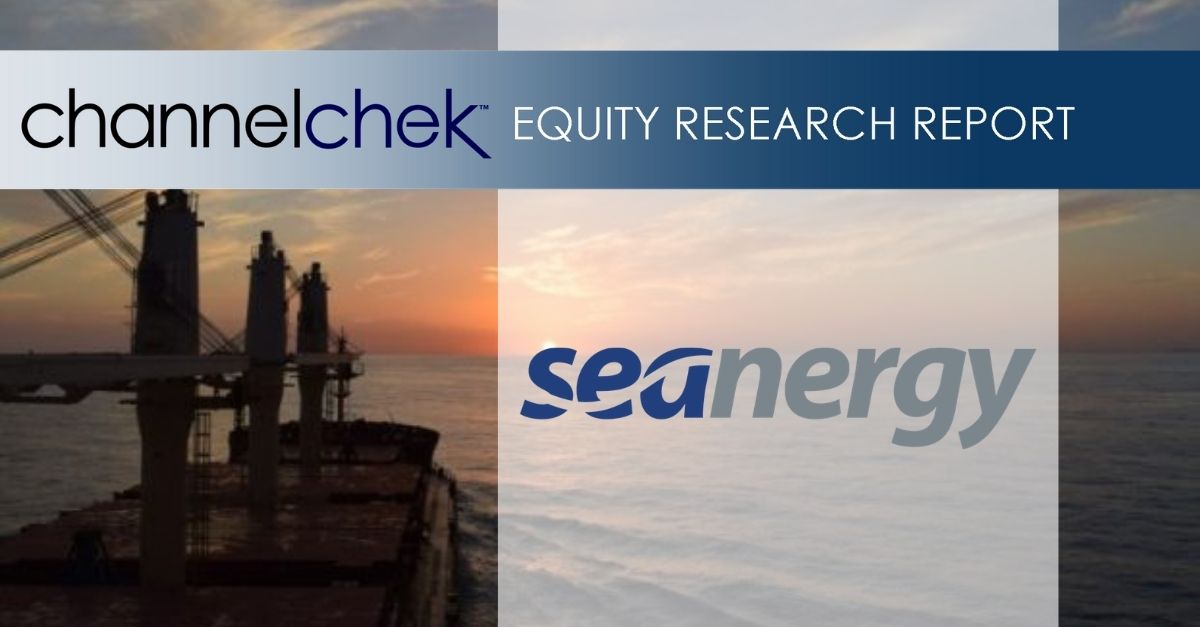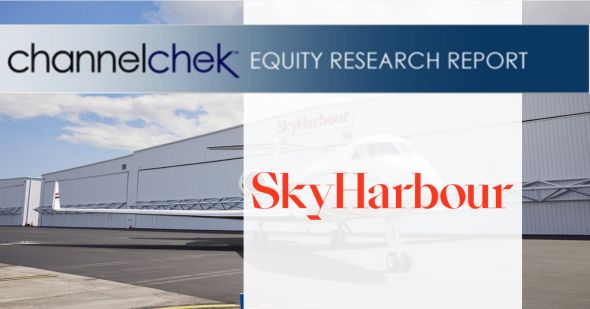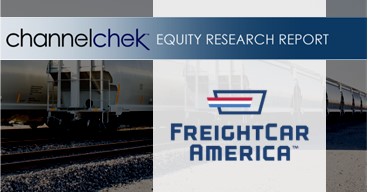
Friday, June 06, 2025
EuroDry Ltd. was formed on January 8, 2018 under the laws of the Republic of the Marshall Islands to consolidate the drybulk fleet of Euroseas Ltd. into a separate listed public company. EuroDry was spun-off from Euroseas Ltd. on May 30, 2018; it trades on the NASDAQ Capital Market under the ticker EDRY. EuroDry operates in the dry cargo, drybulk shipping market. EuroDry’s operations are managed by Eurobulk Ltd., an ISO 9001:2008 and ISO 14001:2004 certified affiliated ship management company and Eurobulk (Far East) Ltd. Inc., which are responsible for the day- to-day commercial and technical management and operations of the vessels. EuroDry employs its vessels on spot and period charters and under pool agreements.
Mark Reichman, Managing Director, Equity Research Analyst, Natural Resources, Noble Capital Markets, Inc.
Hans Baldau, Associate Analyst, Noble Capital Markets, Inc.
Refer to the full report for the price target, fundamental analysis, and rating.
First quarter financial results. Eurodry Ltd. reported an adjusted first quarter net loss of $5.7 million, or ($2.07) per share, compared to a loss of $3.2 million, or ($1.18) per share, during the same period last year. Adjusted EBITDA came in at a loss of $1.0 million, down from a gain of $2.1 million during the first quarter of last year. While revenue was slightly above our expectations, operating expenses were approximately $2.0 million higher than estimated due to increased repair costs. Overall, the quarterly results reflected the ongoing market challenges as charter rates remain near five-year lows due to challenging supply and demand trends.
Updating 2025 estimates. Based on the lower-than-expected first quarter results and management’s outlook, we are lowering our full year 2025 adjusted EBITDA and earnings per share (EPS) estimates to $9.3 million and ($3.79), respectively, down from $19.6 million and ($0.43). While we expect the second quarter to show a slight rebound, the weak market conditions are expected to persist and could constrain rates through the balance of the year.
Get the Full Report
Equity Research is available at no cost to Registered users of Channelchek. Not a Member? Click ‘Join’ to join the Channelchek Community. There is no cost to register, and we never collect credit card information.
This Research is provided by Noble Capital Markets, Inc., a FINRA and S.E.C. registered broker-dealer (B/D).
*Analyst certification and important disclosures included in the full report. NOTE: investment decisions should not be based upon the content of this research summary. Proper due diligence is required before making any investment decision.
